1959Mercedes-Benz200-Series
1959 Mercedes-Benz 200-Series 219 Lim for sale in Great Neck, New York, United States
| Condition: | Used |
| Item location: | Great Neck, New York, United States |
| Make: | Mercedes-Benz |
| Model: | 200-Series |
| SubModel: | 219 Lim |
| Type: | Sedan |
| Trim: | 4-Door |
| Year: | 1959 |
| Mileage: | 88,610 |
| VIN: | 2198506789 |
| Color: | Burgundy |
| Power options: | Push Button Start (Factory Installed) |
| Fuel: | Gasoline |
| Transmission: | Hydrak (Semi-Automatic) |
| Drive type: | RWD |
| Interior color: | Beige & Burgundy |
| Options: | Radio (Origional Working OEM), Dashboard Clock, Radio (Factory Installed) |
| Vehicle Title: | Clear |
| Want to buy? | Contact seller! |
Description for Mercedes-Benz 200-Series 1959
Preservation MotorsVehicle was found sitting in an actual barn for over 12 years until 2012. (Engine still turns on with no effort).
Year:1959:Make: Mercedes BenzModel: Ponton W105: 219 Lim
Type: Sedan:Paint Color: Burgundy (Needs respray - The Current paint on some of the areas were obviously a novice respray from one of the previous owners - Mostly the Front driver side fender)
Transmission: Hydrak Semi-Automatic (limited three year production) (shifter on Steering Column)Fuel: Gas:Motor:6 cylinder 2195cc/100hp:Factory Build Date: Oct. 23rd, 958Odometer: 88,610
Vehicle Condition: (Please see pics for further conditions- we tried our best to show and identify as much as possibleHopefully the pictures with give enough detail for everyone to have a true idea as to the condition of the vehicle.The photos shown are specifically focused on showing the areas that need attention, long with the wonderful condition of the other areas)
- Engine runs great.
- Carburetor needs cleaning.
- Radio works great
- Dash Clock, amp; Clusters all work)
- Push start button works great
- Interior Door Cards, anels, hrome, re in Amazing Condition for the amount of time vehicle has sat. (See Pics)
- Areas of Floorboard that need attention:
- Driver side -(See Picture)
- Passenger side -(See Picture)
- Rear driver side floorboard for Tension arm(See Pics)
- Rear Passenger Fender needs attention where Door for Gas (See Pics)(SpareFactory Fender from a 1959 Donor 219 is included with this vehicle - These are rare to find - This one is of the same color)
- Brakes no longer work (may need new brake cylinders)
Video of Engine running and all other pictures will be available after Dec 15th no later than Dec 17th
Feel Free to ask questions, ill respond as soon as possibleall responses will be in less than 24hrs.
BELOW ARE DETAILS TO HELP WITH MANUFACTURE INFORMATION
Mercedes-Benz Ponton - Hydrak Automatic ClutchSOURCE:http://www.mbzponton.org/valueadded/maintenance/hydrak.htm
Development and Implementation
The idea behind the automatic clutch technology is to provide an experience that requires driver input, nd therefore is interactive rather than passive, ut also eliminates the need to disengage the clutch repeatedly in city traffic. The name Hydrak itself comes from the German words hydraulische kupplung (hydraulic coupling). The Hydrak was co-developed by Fichtel & Sachs and Daimler-Benz AG for use in the six cylinder Mercedes-Benz Ponton sedans, oupés and cabriolets. It was a factory-original, xtra cost option which consisted of a synchronized, olumn-shifted, our-speed transmission with an automatic clutch. Furthermore, he clutch, ontrol valve assembly, nd the servo unit were made by Fichtel & Sachs. The fluid coupling was made by Daimler-Benz. It was first available in 1957 on the Type 219 (1957-1959), ype 220S (1957-1959) and the Type 220SE (1958-1960) models. The system served to bridge the gap between having a fully manual and a fully automatic transmission. The Hydrak option originally cost DM450 (450 Deutsche Marks). The four cylinder Ponton models were not offered with this feature.
The Hydrak never became an equipment detail that was particularly liked, hich made the Stuttgart engineers distance themselves from further development after using it in the W111 Heckflosse (fintail) models Type 220b / 220Sb / 220SEb (1959-1961). Because the system depends upon a combination of vacuum and electrical components to function properly, he potential for wear and other problems is fairly high. Many owners became dissatisfied with the systems when they began to develop problems, nd because of this, onverted the cars to manual transmissions. For many years after the last Hydrak equipped Mercedes-Benz models were sold, omplete conversion kits with all the parts needed to make the modification were available from authorized agents. A word of caution: Some price guides will suggest you deduct a certain amount from the value of the car if it still has the Hydrak option installed. However, rom the point of originality it should be carefully operated, aintained and preserved.
Manual versus Automatic
From a marketing standpoint, t was important to include this particular technology with the models that were exported and distributed in America through the Studebaker-Packard dealerships. This section will put forth several potential reasons as to why why automatic transmissions were not further along in development in 1950s Germany. At the time the Pontons were being produced, he only Mercedes-Benz production passenger vehicle which offered a fully automatic transmission was the Type 300 "Adenauer" limousine. From 1955, he Type 300 could be special ordered with a Borg-Warner 3-speed automatic. Why did Daimler-Benz wait until the 1950s and 1960s to develop and adapt the automatic clutch, nd later, ully automatic transmissions in their passenger vehicle range? One reason is that the smaller engines used in German vehicles during the years following WWII did not have much power to squander. A manual transmission is more efficient than an automatic. They give better mileage, s well as being quicker than the same car with an automatic transmission. They are also cheaper to manufacture. Automatic transmissions lose power because they have a fluid interface (coupling). They pass the power from the engine to the drivetrain through the transmission oil. Manual transmissions lose less power because they rely on two (clutch) plates pressing tightly against each other to transfer the power. The amount of power an engine can generate and the amount that actually reaches the wheels is always different. The power that reaches the wheels is always lower because of parasitic losses in the drivetrain. As a general rule of thumb, he transmission, rive shaft, nd differential take 10-15% of the power from the engine. Those vehicles with automatic transmissions will usually have an even greater loss in power. Unlike so many of the large 6 and 8 cylinder engines found in American cars of the 1953-1962 period, he smaller less powerful engines designed for domestic duty in Germany could not afford the power loss associated with the fitment of an automatic gear box. The Hydrak was a compromise between the efficiency of the manual transmission and the simplicity and luxury of using an automatic. It represents a distinct phase in the development of the automatic transmission in German passenger vehicles of the era.
Identification by Chassis Number
The existence of a Hydrak as original equipment can be determined by checking the chassis number of the vehicle. The structure of the chassis numbers changed in 1959 so there are two possible ways to identify the Hydrak. Reference the Chassis Number page for details.
---------------------------------------------------------------------------------------------------------------------------------------------------------------------------------------------------------------------------
SOURCE:http://www.mbzponton.org/pax058/maint/vehicleid.htm
----------------------------------------------------------------------------------------------------------------------------------------------------------------------SOURCE:http://www.mbzponton.org/pax058/maint/chassis.htm----------------------------------------------------------------------------------------------------------------------------------------------------------------------------------------------------
SOURCE:http://www.mbzponton.org/valueadded/other/overview.htm#production
| Annual Mercedes-Benz Ponton Production Data by Model[13] | ||||||||||||
| Produktion | 1953 | 1954 | 1955 | 1956 | 1957 | 1958 | 1959 | 1960 | 1961 | 1962 | 1963 | Total |
| 180 | 4362 | 20,306 | 17,704 | 8,464 | 1,350 | 52,1861) | ||||||
| 180a | 4,656 | 15,967 | 6,730 | 273532) | ||||||||
| 180b | 7,314 | 14,384 | 7,717 | 29,4153) | ||||||||
| 180c | 4,980 | 4,300 | 9,2804) | |||||||||
| 180D | 11 | 15,532 | 20,345 | 21,013 | 22,910 | 26,693 | 9,981 | 116,4855) | ||||
| 180Db | 8,076 | 11,151 | 5,449 | 24,6766) | ||||||||
| 180Dc | 4,822 | 7,000 | 11,8227) | |||||||||
| 190 | 16,001 | 22,578 | 15,791 | 6,975 | 61,3458) | |||||||
| 190b | 6,613 | 12,986 | 8,864 | 28,4639) | ||||||||
| 190D | 5,469 | 15,160 | 20,62910) | |||||||||
| 190Db | 13,709 | 29,116 | 18,484 | 61,30911) | ||||||||
| 190SL | 1,727 | 4,032 | 3,332 | 2,722 | 3,949 | 3,977 | 3,792 | 2,246 | 104 | 25,881 | ||
| 220a | 4,178 | 19,348 | 2,411 | 25,937 | ||||||||
| 219 | 5,474 | 8,505 | 9,296 | 4,570 | 27,84512) | |||||||
| 220S | 10,525 | 15,459 | 20,181 | 9,114 | 55,27913) | |||||||
| 220S coupé u. cabriolet | 297 | 1,066 | 1,280 | 786 | 3,42914) | |||||||
| 220SE | 201 | 1,773 | 1,974 | |||||||||
| 220SE coupé u. cabriolet | 114 | 628 | 1,200 | 1,94215) |
----------------------------------------------------------------------------------------------------------------------------------------------------------------------------------------------------
SOURCE:https://en.wikipedia.org/wiki/Mercedes-Benz_W105
| Model | Years | Chassis code | Engine | Displacement | Power | Total Built |
| [cc] | [PS] / [kW] | |||||
| 219 | 3/56-7/59 | 105.010 105.011* | M 180.921 / R 6 | 2195 | 86 / 63 | 27,845 |
SOURCE: https://en.wikipedia.org/wiki/Mercedes-Benz_W105
Technical data Mercedes-Benz W105 (Manufacturer's figures except where stated
| Produced: | 1956-1959 |
| Engine: | 6-cylinder-inline engine(four-stroke), ront-mounted |
| Bore x Stroke: | 80mm x 72.8mm |
| Displacement: | 2195 cc |
| Max. Power @ rpm: | 86PS (63kW; 85hp) @ 4800 |
| Max. Torque @ rpm: | 157N•m (116lb•ft) @ 2400 |
| Compression Ratio: | 7.6:1 |
| Fuel feed: | Double downdraft carburetor Solex 32 PAATI |
| Fuel tank capacity: | 56L (14.8USgal; 12.3impgal) |
| Valvetrain: | SOHC, uplex chain |
| Cooling: | Water |
| Gearbox: | 4-speed manual, ever on steering columnrear wheel drive, tandard axle ratio 4.10:1 from August 1957: 3.90:1 |
| Electrical system: | 12 volt |
| Front suspension: | Double wishbones, oil springs, tabilising bar |
| Rear suspension:: | Swing axle, oil springs |
| Brakes: | Drum brakes (Ø 230mm),power assisted optional |
| Steering: | Recirculating ball steering |
| Body structure: | Sheet steel, nibody construction |
| Dry weight: | 1,290kg (2,840lb) |
| Loaded weight: | 1,725kg (3,803lb) |
| Track front/rear: | 1,430mm (56in) 1,470mm (58in) |
| Wheelbase: | 2,750mm (108in) |
| Length: | 4,680mm (184in) |
| Width: | 1,740mm (69in) |
| Height: | 1,560mm (61in) |
| Tyre/Tire sizes: | 6.40 x 13 |
| Top speed: | 148km/h (92mph) |
| Fuel Consumption (estimate): | 11.2 litres per 100 kilometres (25mpg-imp; 21.0mpg-US) |
Year:1959Make: Mercedes BenzModel: Ponton W105 219 Lim
Type: SedanTitle: CleanPaint Color: Burgundy (Needs respray)
Transmission: Hydrak Semi-Automatic (limited three year production) (shifter on Steering Column)Fuel: GasMotor:6 cylinder 2195cc/100hpFactory Build Date: Oct. 23rd, 958Odometer: 88,610=================================================================================================================More Pics Below
This is a scan of the actual data card that was emailed to us from Mercedes in Germany.
THE ENGINE, ODY AND FRAME NUMBERS
Here is the Lower Trim, hich is included
Below are the Pics for the Extra Rear Passenger side Quarter Panel/Fender, hich is included in the sale.We will be adding more pics of this Rear Panel for you to see more of its condition.
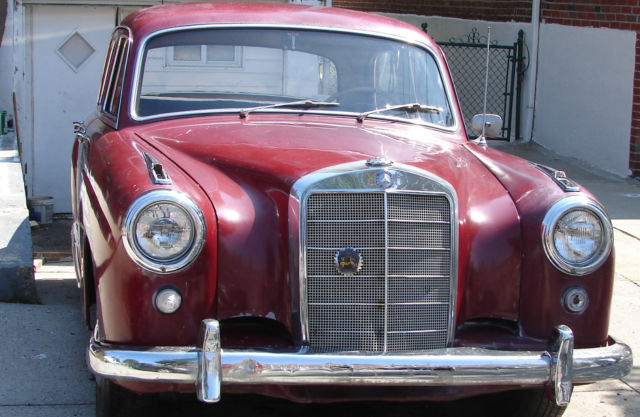
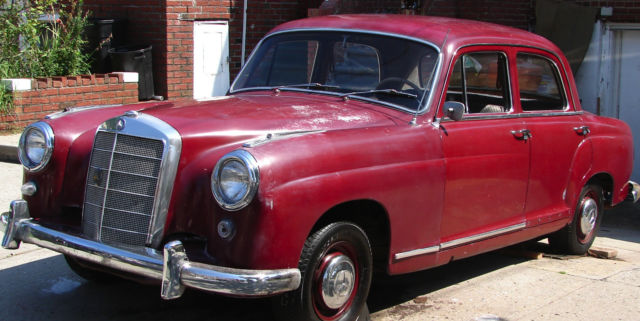
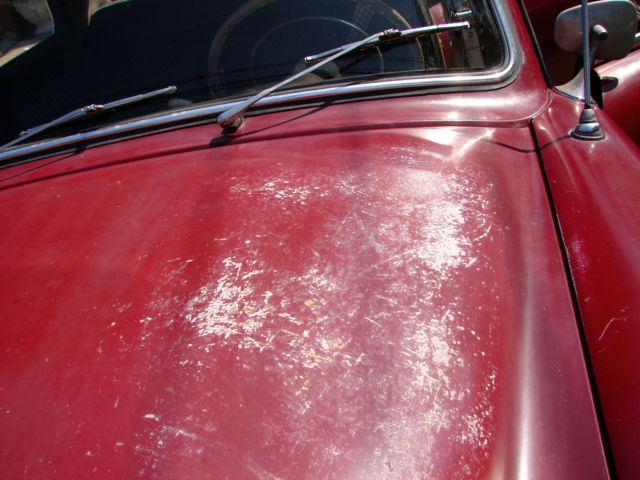

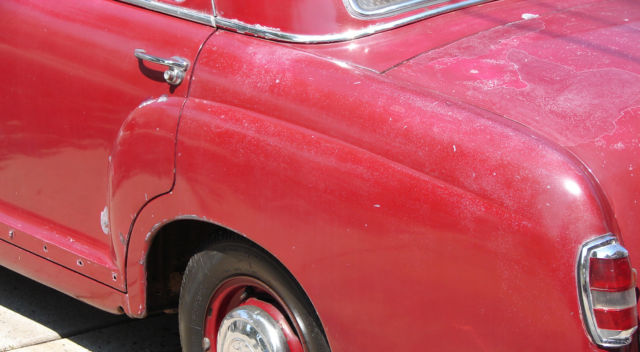
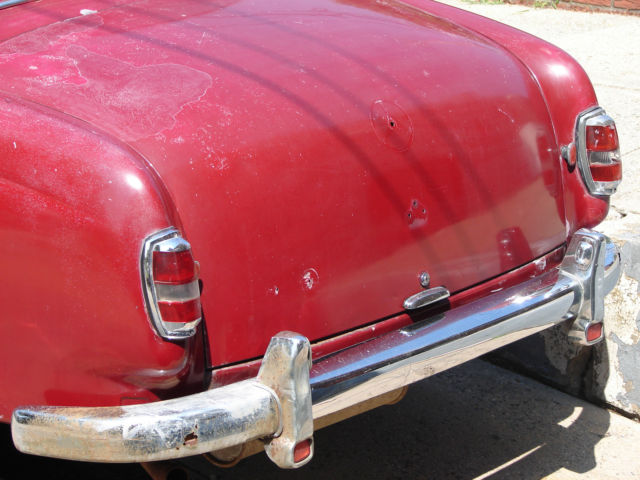

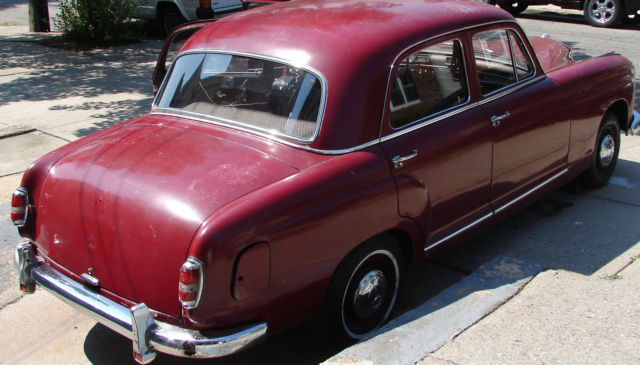
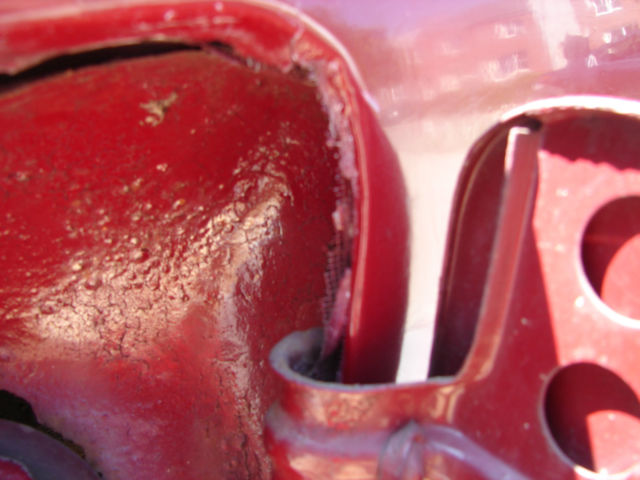
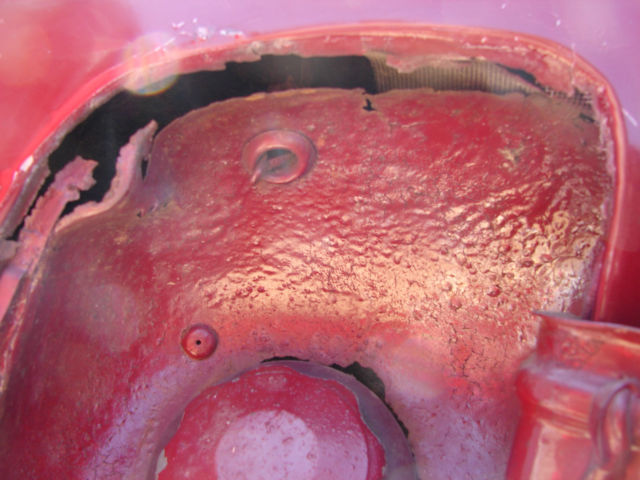



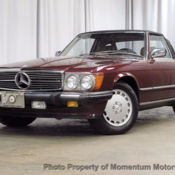 560 Series 2dr Coupe 560SL Roadster 560 Series PRESTINE CONDITION, LOCAL GEORGIA
560 Series 2dr Coupe 560SL Roadster 560 Series PRESTINE CONDITION, LOCAL GEORGIA
 560 Series 2dr Coupe 560SL Roadster 560 Series Low Miles Automatic Gasoline 5.6L
560 Series 2dr Coupe 560SL Roadster 560 Series Low Miles Automatic Gasoline 5.6L
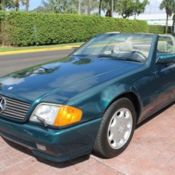 1994 Mercedes-Benz 300 Series 300 SERIES 2DR ROADSTER SL320 CONVERTIBLE ONLY 34K
1994 Mercedes-Benz 300 Series 300 SERIES 2DR ROADSTER SL320 CONVERTIBLE ONLY 34K
 1986 Mercedes-Benz 560SL SL Series 500 Series R107 Convertible Roadster Classic
1986 Mercedes-Benz 560SL SL Series 500 Series R107 Convertible Roadster Classic
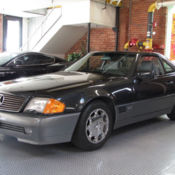 1993 Mercedes-Benz 600 Series 600 Series 2dr Coupe/roadster 600SL 28950 Miles Pe
1993 Mercedes-Benz 600 Series 600 Series 2dr Coupe/roadster 600SL 28950 Miles Pe
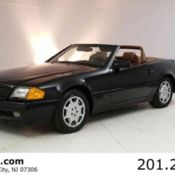 1992 Mercedes-Benz 500 Series 500 Series 2dr Coupe 500SL 147935 Miles Black Coup
1992 Mercedes-Benz 500 Series 500 Series 2dr Coupe 500SL 147935 Miles Black Coup
 300 Series 2dr Coupe 300SL 5-Speed 300 Series Gasoline 3.0L I6 Black
300 Series 2dr Coupe 300SL 5-Speed 300 Series Gasoline 3.0L I6 Black
 1993 Mercedes-Benz 300-Series 300 Series 2dr Convertible 300CE
1993 Mercedes-Benz 300-Series 300 Series 2dr Convertible 300CE
 1991 Mercedes-Benz 560 Series 560 Series 4dr Sedan 560SEL
1991 Mercedes-Benz 560 Series 560 Series 4dr Sedan 560SEL